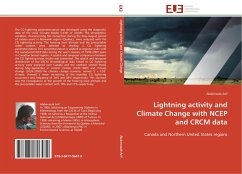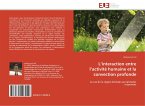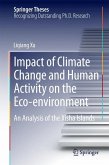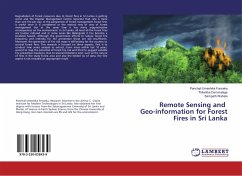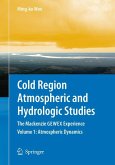The CG lightning parameterization was developed using the diagnostic data of the Local Climate Model (LCM) of UQAM. The atmospheric variables, characterizing the convection during the May-August period of sixteen years in Maniwaki region (Quebec), were analyzed with the CG lightning activity. The freezing level altitude and the precipitable water content were selected to develop a CG lightning parameterization. This parameterization is applied at regional scale with the reanalyzed NCEP data during the warm seasons of 1999-2003 years in Canadian boreal regions. A spatial and temporal comparison between the CG lightning mean results was presented. The spatial and temporal distribution of the CRCM climatological data linked to CG lightning activity were analyzed over Canada and the northern United States during May-September in control climate (1970-1989) and climate change (2039-2058).The climate change scenario, named "2 x CO2" climate, showed a mean increasing of the monthly CG lightning occurrence and frequency of 34% and 38% respectively. This increase was the consequence of the growth of the freezing level altitude and the precipitable water content with 18% and 17% respectively
Bitte wählen Sie Ihr Anliegen aus.
Rechnungen
Retourenschein anfordern
Bestellstatus
Storno

